🌼 Hindola Utsav End 🌼
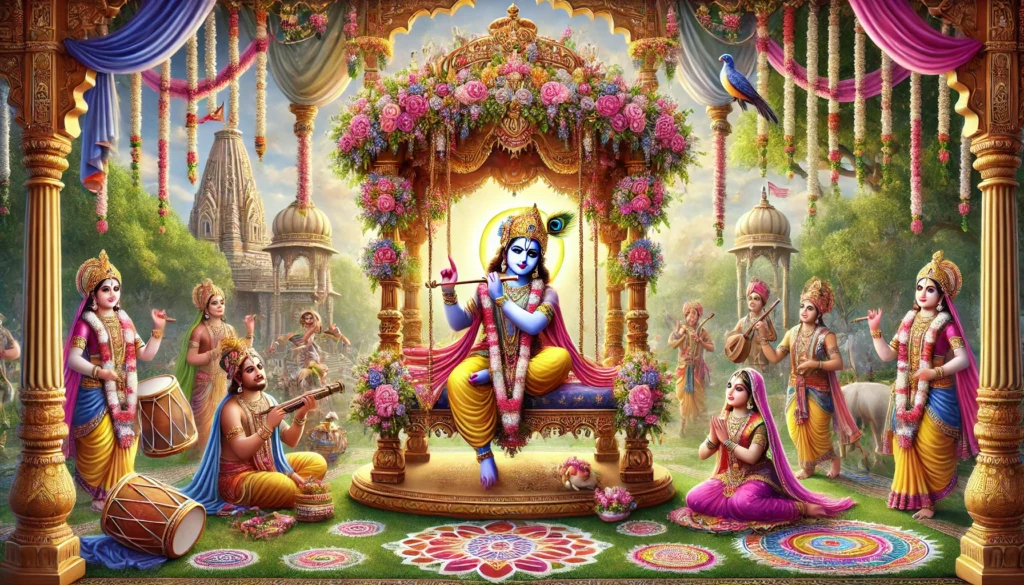
॥ ॐ श्री परमात्मने नमः ॥
🚩 Hindola Utsav End 🚩
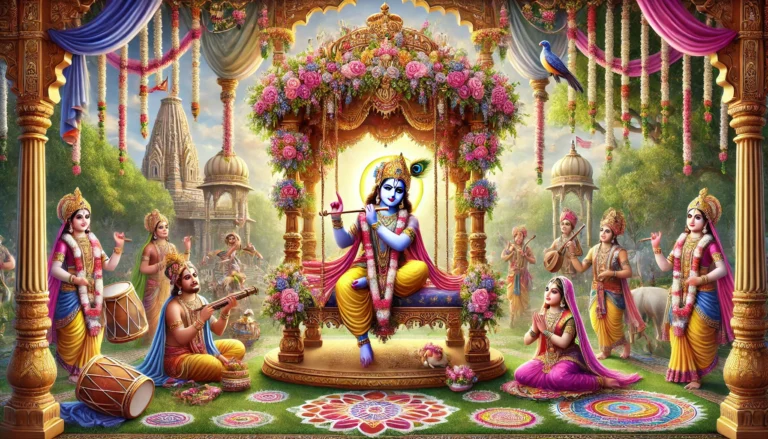
🌻Significance of Hindola Utsav End🌻
During the monsoon season, Chaturmaas, particularly in the months of Ashadh and Shravan (which typically fall between July and August), Hindu mandirs around the world are filled with beautiful hindolas, or swings. For an entire month, the small murti of Bhagwan is placed in a hindola which is then gently pulled back and forth with a string. Sadhus and devotees lovingly sing bhajans which describe the hindola celebrations and the glory of Bhagwan. The celebration of this festival began 5,000 years ago, originating with Shri Krishna.
The Hindola utsav is celebrated from Ashadh Vad 2 to Shravan Vadh 2. The origins of the divinity of Hindola go back to Vrindavan, 5000 years ago where the Gopis swayed Lord Krishna on a decorated swing. The Hindola utsav has a special status in the Hindu dharma due to this event because of the divine joy of rocking the almighty Lord for His pleasure. The back-and-forth motions are expressive of bliss, a flight away from the mundane worries of the world. The swinging motion creates elation and identification with spirituality. One experiences a tranquil state of mind because of the immersion into His lustrous murti swaying back and forth. The act of seating the idol on the Hindola is one of veneration.
***
🌻Randhan Chhath🌻
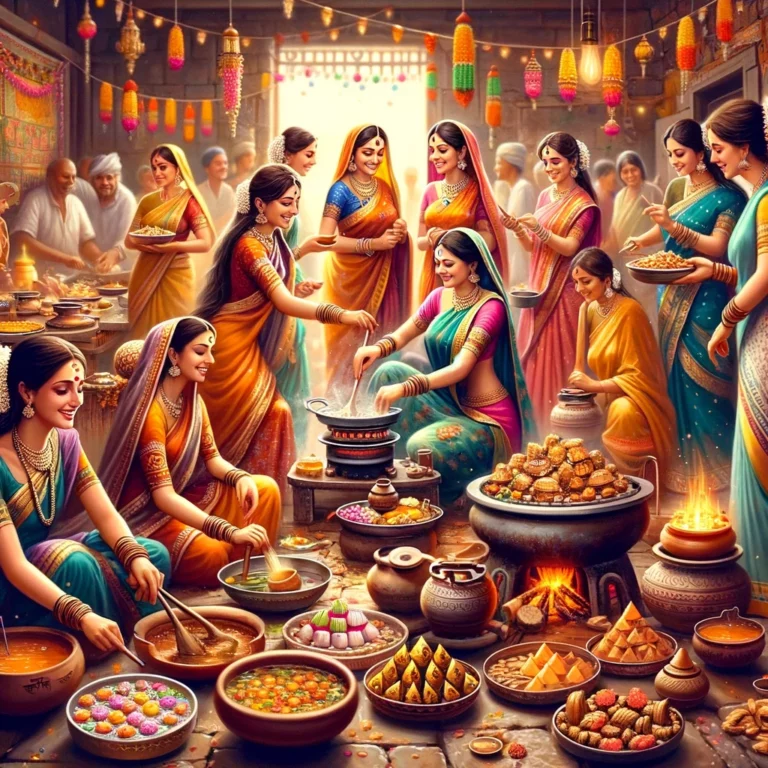
In Gujarat, during the Shravan month (July–August), there is a special custom known as Randhan Chhath. On this day, food is prepared for the goddess Sheetala. August 24 is Randhan Chhath 2024 (Shravan Vad 6). On August 10, some Gujaratis celebrate it as part of Shravan Sud 6. In Gujarat, it is observed on the sixth day of the Krishna Paksha (moon phase) during the month of Shravan. Today is spent preparing food (randhan) for Sheetala Satam, which is served the next day.
In Shravan Krishna Paksha, Chhath is a day of preparation for the following day rather than a ceremony. On the day of Randhan Chhath, people only consume the meal that was prepared the day before, Sheetala Satam.
***
🌼Shitala Satam🌼
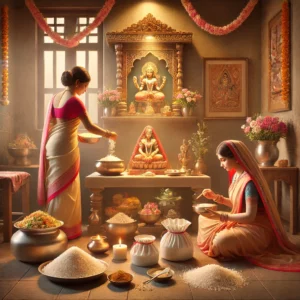
The day honoring Goddess Shitala is known as Shitala Satam. Gujarat, Rajasthan, and Uttar Pradesh in western India are the main places where people celebrate it. Shitala Satam is comparable to the “Basoda” and “Sheetala Ashtami” ceremonies seen in northern India following Holi. When Krishna Janmashtami is one week away, Shitala Satam arrives. As a result, August is designated as the celebration month in the western calendar. In order to appease the Lord, devotees prepare different pujas at home and observe a daylong fast.
***
🌼Aatham(Krishna Janmastami)🌼
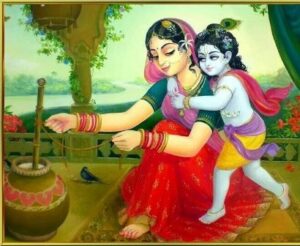
Krishna Janmashtami is a Hindu holiday commemorating the birth of Lord Krishna, an avatar of the god Vishnu. It is also known by the names “Krishnashtami,” “Saatam Aatham,” “Gokulashtami,” “Ashtami Rohini,” “Srikrishna Jayanti,” “Sree Jayanthi,” and occasionally just “Janmashtami.”
On the eighth day of the Hindu calendar, Ashtami, also known as the tithi of the dark half or Krishna Paksha of the month of Bhaadra, when the Rohini Nakshatra (known as Aldebaran in the West) is rising, people celebrate Krishna Janmashtami. Dramatic renditions of Krishna’s life, known as rasa lila, are unique to the Vaishnavite regions of Manipur, Mathura, and Vrindavan.
The Gregorian calendar’s mid-August and mid-September months are when Krishna Janmashtami always occurs.
The ritual is to fast the previous day (Saptami, sevnth day), which is followed by a night-long vigil commemorating the birth of Krishna at night, and his immediate removal by his father Vsudeva to a foster-home for safe-keeping.
At midnight, the deity of the infant Krishna is bated placed in a cradle and worshipped.The fast is completed after aarti, a special prayer.
***